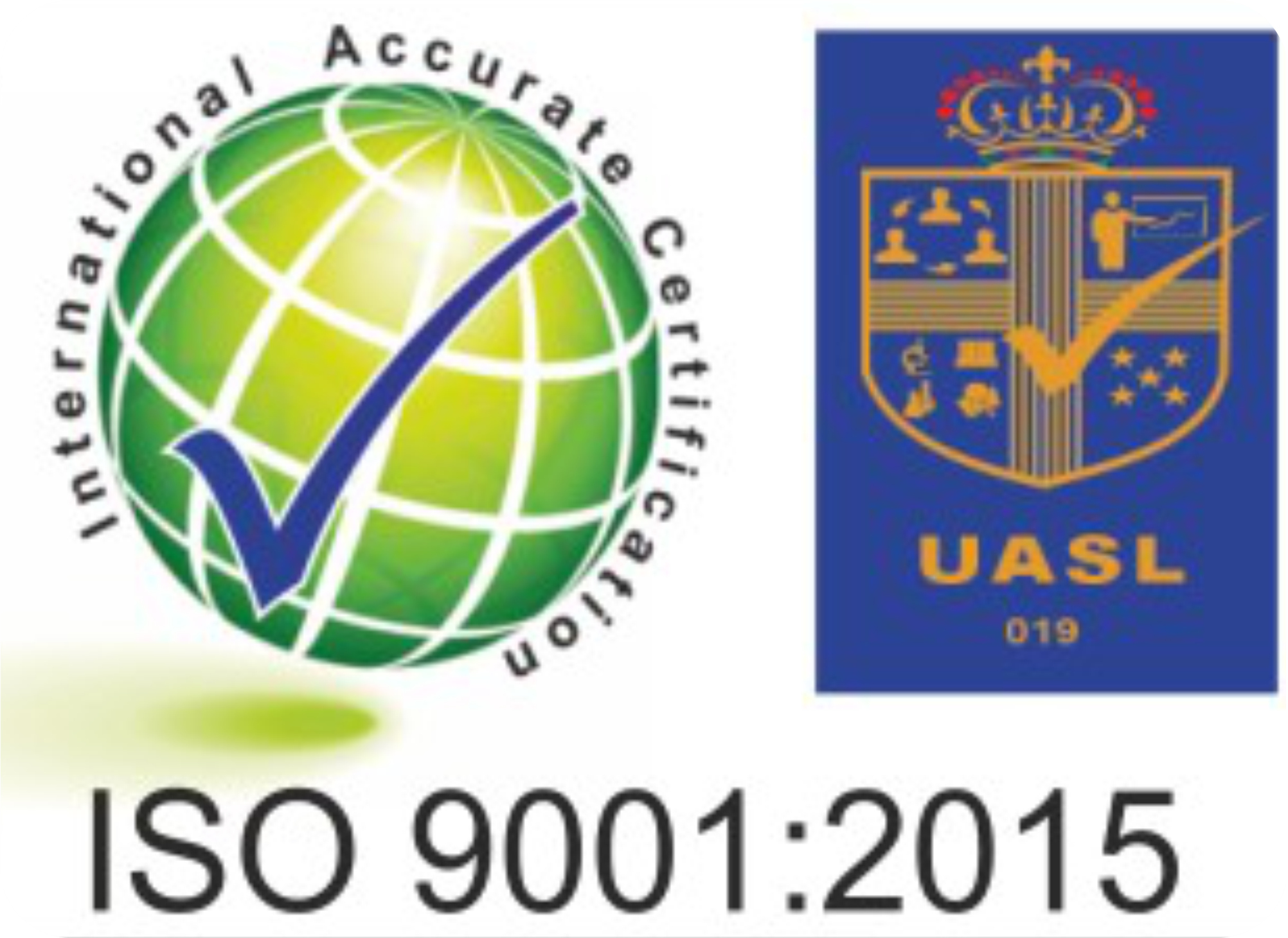Your board’s structure is the foundation for it to make informed decisions. Aboard meetings typically begin by calling the meeting to order, where the chairperson welcomes everyone, introduces new members, and explains the vision and mission statement. The next step in a board meeting is to review and approve previous meeting minutes. This gives the board a snapshot of where the company is.
After the board has analyzed past performance, it’s time to consider strategies that can increase awareness of nonprofits, increase donor and member numbers and create opportunities for fundraising. Ideas can be translated into actionable steps for each department. In this portion of the board meeting the senior management should discuss their ideas for growth and solicit input from the rest of the executive team. The board should then come to an agreement on a plan of action that can be implemented within the given timeframe.
It is also an opportunity to overcome any obstacles that might hinder the implementation of the plan, such as financial issues or time constraints. The board should collaborate to find solutions www.naturalboardroom.com/whats-a-great-amount-of-benefit-the-virtual-data-room-software-offers-larger-corporations-and-smaller-companies/ that will enable the business to overcome these obstacles and move forward.
This part of the meeting is usually reserved for any announcements, congratulatory messages or condolences that attendees might have. It also contains important items to add to the next session’s agenda. The board chairperson will then announce the meeting’s conclusion so that the secretary may record it in the minutes.


